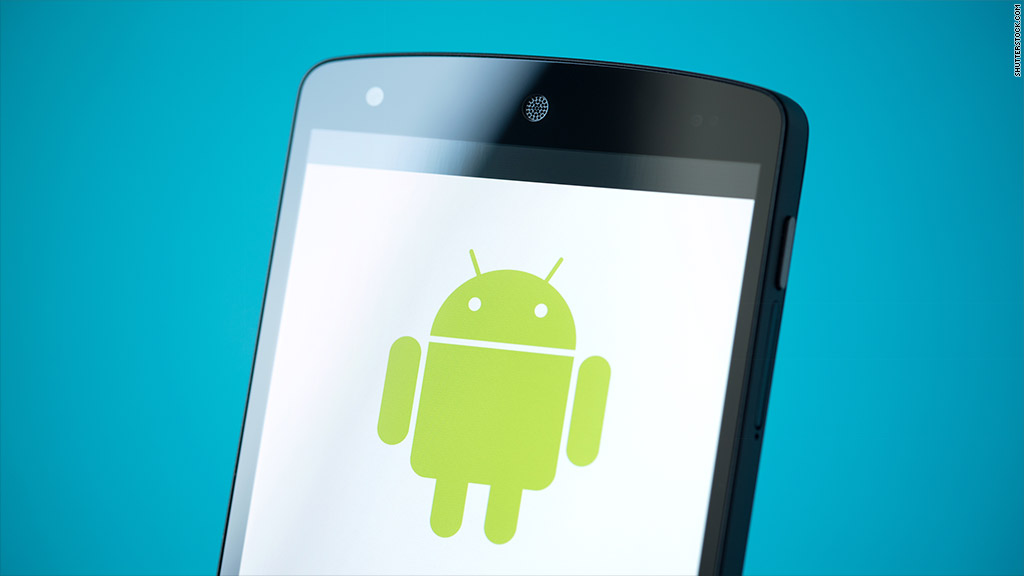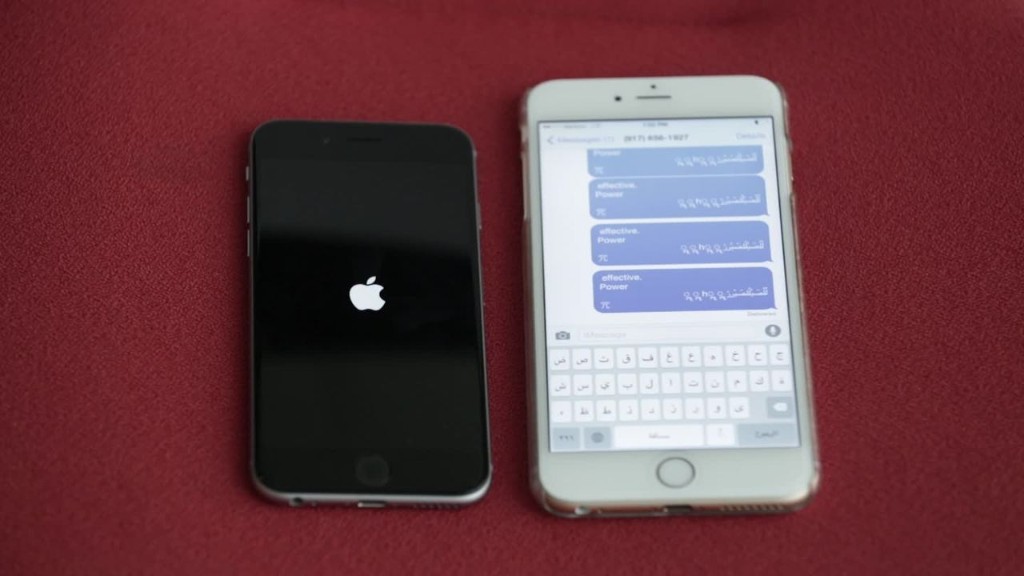
Android phones can get infected by merely receiving a picture via text message, according to research published Monday.
This is likely the biggest smartphone flaw ever discovered. It affects an estimated 950 million phones worldwide -- about 95% of the Androids in use today.
The problem stems from the way Android phones analyze incoming text messages. Even before you open a message, the phone automatically processes incoming media files -- including pictures, audio or video. That means a malware-laden file can start infecting the phone as soon as it's received, according Zimperium, a cybersecurity company that specializes in mobile devices.
If this sounds familiar, that's because this Android flaw is somewhat like the recent Apple text hack.
But in that case, a text message with just the right characters could freeze an iPhone or force it to restart. This Android flaw is worse, because a hacker could gain complete control of the phone: wiping the device, accessing apps or secretly turning on the camera.
In a statement to CNNMoney, Google (GOOGL) acknowledged the flaw. It assured that Android has ways of limiting a hacker's access to separate apps and phone functions. Yet hackers have been able to overcome these limitations in the past.
The bug affects any phone using Android software made in the last five years, according to Zimperium. That includes devices running Android's Froyo, Gingerbread, Honeycomb, Ice Cream Sandwich, Jelly Bean, KitKat and Lollipop iterations (Google names its Android versions alphabetically after desserts).

Zimperium said it warned Google about the flaw on April 9 and even provided a fix. The company claims Google responded the very next day, assuring a patch would be shared with customers in the future.
Typically, in these situations, companies are given a 90-day grace period to issue a fix. It's a rule even Google abides by when it finds flaws in others' software.
But it's been 109 days, and a fix still isn't largely available. That's why Zimperium is now going public with the news.
The issue now is how quickly Google will manage to fix this for everybody. While Apple can push out updates to all iPhones, Google can't.
Google is notorious for having a fractured distribution system. Several entities stand in between Google and its users, and they routinely slow down the release of new software. There are phone carriers -- like AT&T (T) and Verizon (VZ) -- and makers of physical devices -- like Samsung (SSNLF) -- all of which need to work together to issue software updates.
Google told CNNMoney it already sent a fix to its "partners." However, it's unclear if any of them have started pushing that out to users themselves.
For that very reason, Google recently put its own Nexus phones first in line to receive updates.
This could be a test case that shows why it's so important to receive updates quickly.
Chris Wysopal is a longtime hacker and now an executive at cybersecurity firm Veracode. He called this Android's version of Heartbleed, the devastating bug that put millions of computer networks at serious risk last year.
"I'm interested to see if Google comes up with a way to update devices remotely," he said. "Unless they can do that, we have a big disaster on our hands."


